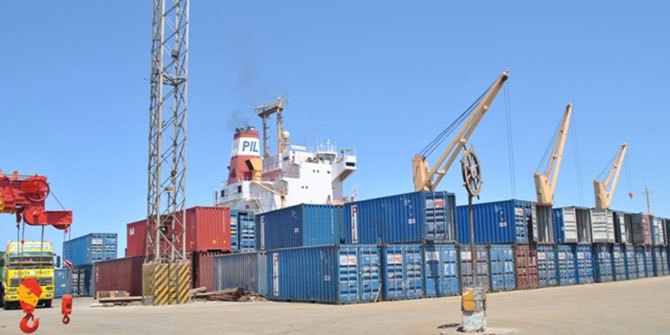Last year, China was struck by significant capital market volatility. In this article, LSE alum Sebastian Petric argues that the volatility is due to the unfinished transition from planned to market economy.
How did China manage to continue its steep rise over the last forty years while other emerging markets were derailed by financial crises and what caused the country’s struggles in the second half of 2015 and 2016? This is the question at the centre of my research on the rise of China, considered within the framework of fundamental, policy-induced and institutional vulnerabilities of emerging markets.
Undertaking enhanced analysis of the origins of financial crises such as the Great Financial Crisis of 2008 and 2009 enables us to better understand and identify implications for predicting and preventing such events. As part of early warning systems (EWS), focussing entirely on fundamental factors may result in limited understanding of the complexity involved in financial crises. Expanding the concept of vulnerability to include fundamental, policy-induced and institutional views yields a better understanding and predictions of outcomes in the context of EWS. By allowing for more than one dimension, I argue, it’s crucial for market observers to embrace the multitude of factors involved in financial crises through a unified framework for modelling.
In my research, this enhanced concept of vulnerability to financial crises is applied in detail to China’s state in the second half of 2015 and in 2016 in which its currency depicted significant volatility relative to its own history. Firstly, however, I analyse the reasons behind China’s economic rise over the past forty years, as historic financial crises affected the country less severely than other emerging markets. By drawing on conclusions of those crises, I shed light on the notion that China had advantages particularly concerning the three analytical dimensions of the conceptual framework outlined above. One example would be that China chose a gradual approach towards liberalisation. This made the country more robust during past financial crises.
While reasons for past crises remain relevant in various scenarios, particular focus must be given to predictive factors in future crises. In that regard, sustainability emerges as a major topic in the discussion and may constitute a hidden underlying dimension, which prompts further attention. For instance, within the governance field, bribery and corruption point to a certain vulnerability to crises. While environmental, social and governance (ESG) factors form partial components of the existing concept of vulnerability, a more detailed description of ESG risks would be beneficial. In future work, financial modelling should specifically include integration of sustainability factors.
How is this connected to the events unfolding in China in 2022 (i.e., the crackdown on certain industries, as well as the debt worries in the property sector)? It should be clear that the transition of China is not yet complete. The troubles China faced in the second half of 2015 and 2016 are partly symptoms of the unfinished shift from plan to market and thus, stakeholders should pay proper attention to how things continue to unfold. China’s success has been tremendous over the past forty years; however, this does not mean that the successful trajectory will continue. Indeed, I believe that the framework I’ve outlined that takes into account fundamental, policy-induced and institutional vulnerabilities helps to better understand the events of 2022 as well. For instance, the Common Prosperity vision of the Chinese leadership has the goal of addressing inequality, an important factor with respect to development policies. Also, the debt worries in China are very much related to the fundamental dimension of my research. To conclude, I believe that fundamental, policy-induced and institutional vulnerabilities will further play a key role in research on financial crises, particularly with respect to China.
The views expressed in this post are those of the author and in no way reflect those of the International Development LSE blog or the London School of Economics and Political Science.
Photo credit: ChiralJon on Flickr.





